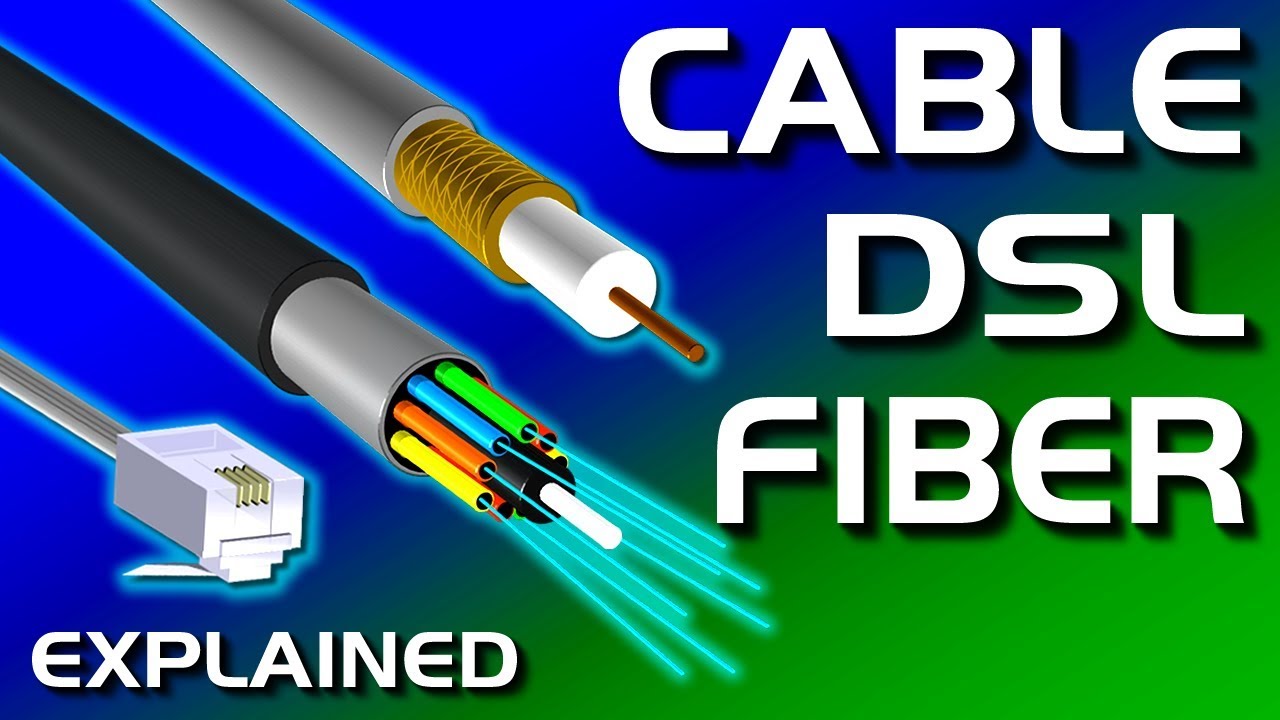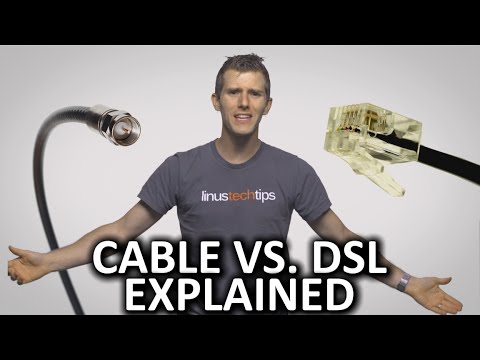Why You Should Switch from DSL to Satellite Internet Service
Listen On-line
D SL (Digital Subscriber Line) is a technology that uses existing telephone lines to deliver high-speed internet access to homes and businesses. DSL was once a popular choice for internet users who wanted to enjoy multimedia and video content online. However, DSL is now a declining technology that cannot keep up with the increasing demands of modern internet usage. If you are still using DSL, you may be missing out on the benefits of a more modern broadband connection that offers faster speeds, better reliability, and more options for your family and educational needs.
The Disadvantages of DSL Technology
DSL technology has several disadvantages that make it unsuitable for today's internet users. Some of these disadvantages are:
- DSL speeds depend on the distance from the service provider's central office. The farther you are, the slower your connection will be. DSL speeds can range from 256 kbps to over 100 Mbps in the downstream direction (from the provider to the subscriber), and from 128 kbps to 3 Mbps in the upstream direction (from the subscriber to the provider). However, these speeds are often lower in practice due to various factors such as line quality, interference, and congestion.
- DSL data is limited and expensive. DSL plans usually have a data cap that limits how much data you can use per month. If you exceed your data cap, you may face additional charges or reduced speeds. DSL data caps range from 15 GB to 100 GB per month, depending on the plan and provider. This may not be enough for activities that require a lot of data, such as streaming video, gaming, or downloading large files.
- DSL availability is restricted and unreliable. DSL service is not widely available in rural areas or remote locations. DSL service providers need to install special equipment at their central offices and at the subscriber's premises to enable DSL connections. This can be costly and impractical for areas with low population density or long distances from the central office. Moreover, DSL service may be affected by weather conditions, power outages, or line damage that can disrupt or degrade your connection.
- DSL compatibility is limited and outdated. DSL technology is not compatible with some newer technologies and applications. For example, DSL cannot support fiber-optic cables, which offer much higher speeds and bandwidth than copper wires. DSL also cannot support some advanced features such as VoIP (Voice over Internet Protocol), which allows you to make phone calls over the internet instead of using traditional phone lines.
The Advantages of Satellite Internet Service
Satellite internet service is a way of accessing the internet through communication satellites that orbit the Earth. Satellite internet service is wireless and can offer relatively high data speeds, but it may also have some disadvantages like latency and weather interference. It is provided to individual users through satellite dishes that receive and transmit data from the satellites. It is available nationwide and may be the only option for rural areas or travelers. Different providers and plans may offer different speeds and features. Some of the advantages of satellite internet service are:
- Faster speeds for downloading and uploading data. A modern broadband connection can offer speeds up to 1 Gbps or more in both directions, depending on the type of technology and service level. This means that you can enjoy streaming high-definition videos, playing online games, downloading large files, and uploading photos and videos without any delays or interruptions.
- More data for multiple devices and users. Satellite internet service can offer more data than DSL service, depending on the plan and provider. Some satellite internet providers offer unlimited data plans with no hard data caps or overage fees. However, they may still throttle your speeds if you exceed a certain amount of data per month or during peak hours. Satellite internet data plans range from 35 GB to 1 TB per month, depending on the plan and provider. This means that you can share your internet service with your family members or roommates without any conflicts or slowdowns. You can also connect various devices such as laptops, smartphones, tablets, smart TVs, gaming consoles, and smart home devices to your satellite network and enjoy seamless connectivity and functionality.
- More availability for remote and rural areas. Satellite internet service is available nationwide and even in some international locations. Satellite internet service providers do not need to install any cable from a central office to your home.
- More compatibility for newer technologies and applications. Satellite internet service is compatible with some newer technologies and applications that DSL service cannot support. For example, satellite internet service can support fiber-optic cables, which offer much higher speeds and bandwidth than copper wires. Satellite internet service can also support some advanced features such as VoIP (Voice over Internet Protocol), which allows you to make phone calls over the internet instead of using traditional phone lines.
How to Switch from DSL to Satellite Internet Service
If you are ready to switch from DSL to satellite internet service, you will need to follow these steps:
- Compare different satellite internet providers and plans. You can use online tools such as SatelliteInternet.com to find the best satellite internet providers and deals in your area. You can also read customer reviews and ratings to get an idea of the quality and reliability of each provider and plan.
- Choose the best satellite internet plan for your needs and budget. You will need to consider factors such as speed, data, price, contract, installation, equipment, and customer service when choosing a satellite internet plan. You may also want to check for any promotions or discounts that may apply to your situation.
- Order your satellite internet service and schedule your installation. You will need to provide your personal and payment information and agree to the terms and conditions of the service. You will also need to choose a date and time for your installation, which may take a few hours depending on the complexity of the setup.
- Cancel your DSL service and return any equipment. You will need to contact your DSL service provider and inform them that you want to cancel your service. You may need to pay an early termination fee if you are under a contract. You will also need to return any equipment that belongs to your DSL service provider, such as modems, routers, or filters.
- Enjoy your new satellite internet service. Once your installation is complete, you can start using your new satellite internet service. You may need to download an app or create an account to manage your service and access support. You may also need to adjust some settings or preferences to optimize your performance and security.
DSL vs. Satellite Internet: Why You Should Make the Switch
DSL is a technology that uses existing telephone lines to deliver internet access to homes and businesses. However, DSL is an outdated technology that offers slow and unreliable internet access with limited data and compatibility. Satellite internet service is a way of accessing the internet through communication satellites that orbit the Earth. Satellite internet service offers faster speeds, more data, more availability, and more compatibility for internet users who want to enjoy multimedia and educational content online. If you are still using DSL, you should switch to satellite internet service as soon as possible.



